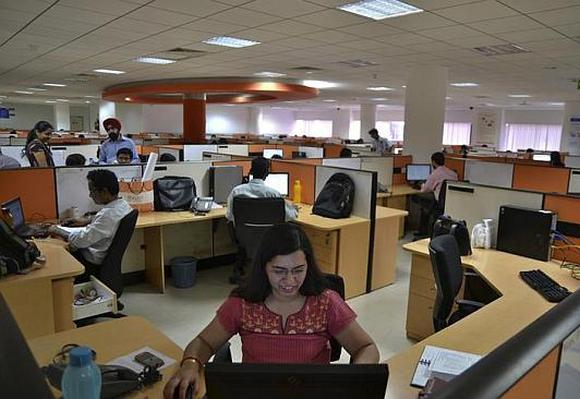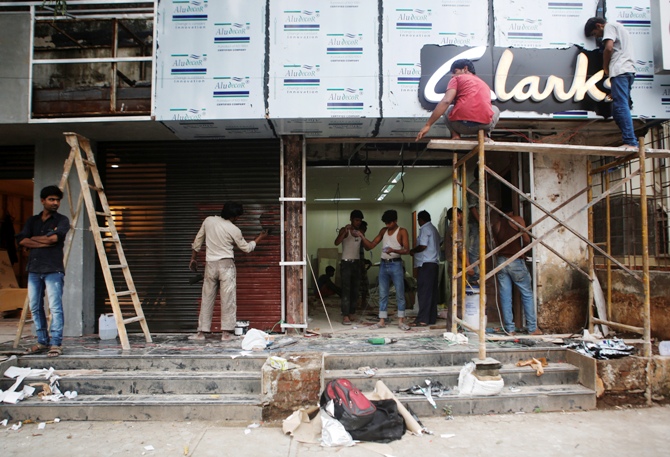
Policy must target faster growth in labour-intensive sectors.
It was reported on Wednesday that a sample of large manufacturing companies saw their workforce grow at an average rate of almost three per cent every year over the past decade.
Putting aside technical niceties such as the representativeness of the sample, to the extent that the companies covered are mostly market leaders in their respective sectors, this statistic is very significant.
This rate of growth is somewhat higher than that of the labour force as a whole.
If this is reflective of the manufacturing sector as a whole, it would imply that some inroads, however small, have been made into the massive backlog of people looking for jobs.
So, is the deep concern about the employment situation in the economy that is regularly articulated by the political and analytical communities somewhat overplayed? Are the drivers of job creation relatively robust?
...

On the positive side, what this pattern demonstrates is that companies will enthusiastically hire employees when top-line and bottom-line growth is healthy.
Revenues for the sample grew by almost 18 per cent every year during this period.
This is healthy by any standard and such sustained performance raises both the aspirations of companies and the confidence that they can achieve them.
More people are needed to produce, sell and manage money and people, as well as provide other support functions.
By the same token, when growth is sluggish, companies are inclined to rightsize — in other words, rationalise their organisational structure and roles, rather than thinking of hiring more people.
So, as cliched as it may sound, growth matters greatly.
But the more fundamental question is: what sort of jobs are being created and are these providing differentiated access to certain segments of the workforce?
...

Here, the representativeness of the sample does become an issue.
Evidence suggests that most of the workforce expansion in large companies came from white-collar jobs.
Management graduates, chartered accountants and information technology specialists entered an unprecedented boom market during this decade.
Business schools vied with each other every year to announce their highest salary offers for campus placement, with even second- and third-tier schools claiming both large numbers and significant pay increases year after year.
...

However, the vast majority of the workforce does not possess such qualifications.
The traditional blue-collar, shop-floor jobs were much harder to come by.
Where they were needed, companies preferred the contract labour route to avoid onerous labour regulations.
These workers do not figure in the reported headcount of companies. But process re-engineering and automation are steadily making such jobs scarcer and scarcer anyway.
So the concerns resurface. Is rapid growth, even if it does accelerate growth of a certain kind of jobs, going to address the needs of the vast majority of the workforce?
...

The answer is: probably not. Growth is necessary, but not enough.
Policy has to focus on pushing even faster growth in key sectors that are recognised as being highly blue-collar, labour-intensive and likely to remain so over the coming years.
Some of these may be in manufacturing — textiles, footwear and some other assembly operations.
But sectors like construction and tourism are also right up there on the list.
The more such sectors contribute to growth, the more employment growth will generate. There are no short cuts.
...